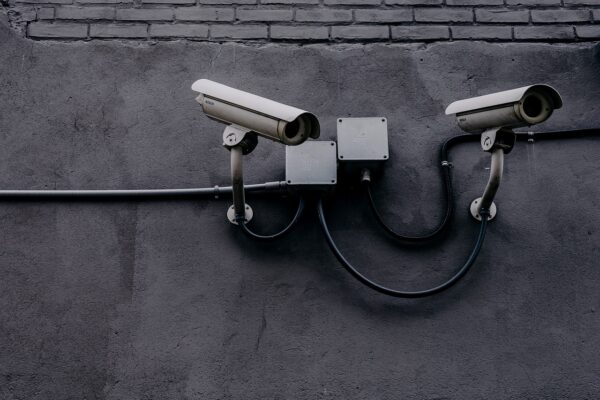Security Cameras FAQs
Security Cameras

Security cameras, also known as surveillance cameras or CCTV (Closed-Circuit Television) cameras, are devices used to monitor and record activities in a specific area for the purpose of security and surveillance. They play a crucial role in deterring crime, capturing evidence, and providing a sense of safety. Here are some key aspects:
Types of Security Cameras: There are various types of security cameras designed for different applications and environments. Some common types include:
Dome Cameras: Dome-shaped cameras are often used in indoor settings and are known for their discreet design and wide-angle coverage.
Bullet Cameras: Bullet cameras have a cylindrical shape and are typically used for outdoor surveillance. They are visible and serve as a deterrent to potential intruders.
PTZ Cameras: PTZ (Pan-Tilt-Zoom) cameras offer the ability to remotely pan, tilt, and zoom to adjust the camera’s field of view. They can be controlled manually or programmed to automatically track specific areas or movements.
Wireless Cameras: Wireless cameras transmit video and audio signals over Wi-Fi or other wireless protocols, eliminating the need for physical cabling. They provide flexibility in installation but require a stable wireless network connection.
Video Quality and Resolution: They are available in different resolutions, typically measured in pixels. Higher resolution cameras provide clearer and more detailed images, allowing for better identification of individuals and objects. Common resolutions include 720p HD, 1080p Full HD, and 4K Ultra HD.
Night Vision: Many of them are equipped with infrared (IR) LEDs or other low-light technologies to enable night vision. These cameras can capture clear video footage even in low-light or complete darkness, ensuring around-the-clock surveillance.
Recording and Storage: Security cameras can record video footage for later review and analysis. There are two primary recording options:
Local Storage: Some cameras have built-in memory slots that allow for the insertion of an SD card or external storage device to store recorded footage directly on the camera.
Cloud Storage: Many modern security cameras offer cloud storage options. Recorded video footage is securely uploaded to the cloud, providing remote access and backup capabilities. Cloud storage often requires a subscription plan.
To know more, click here.
BUY YOUR CAMERA NOW!
